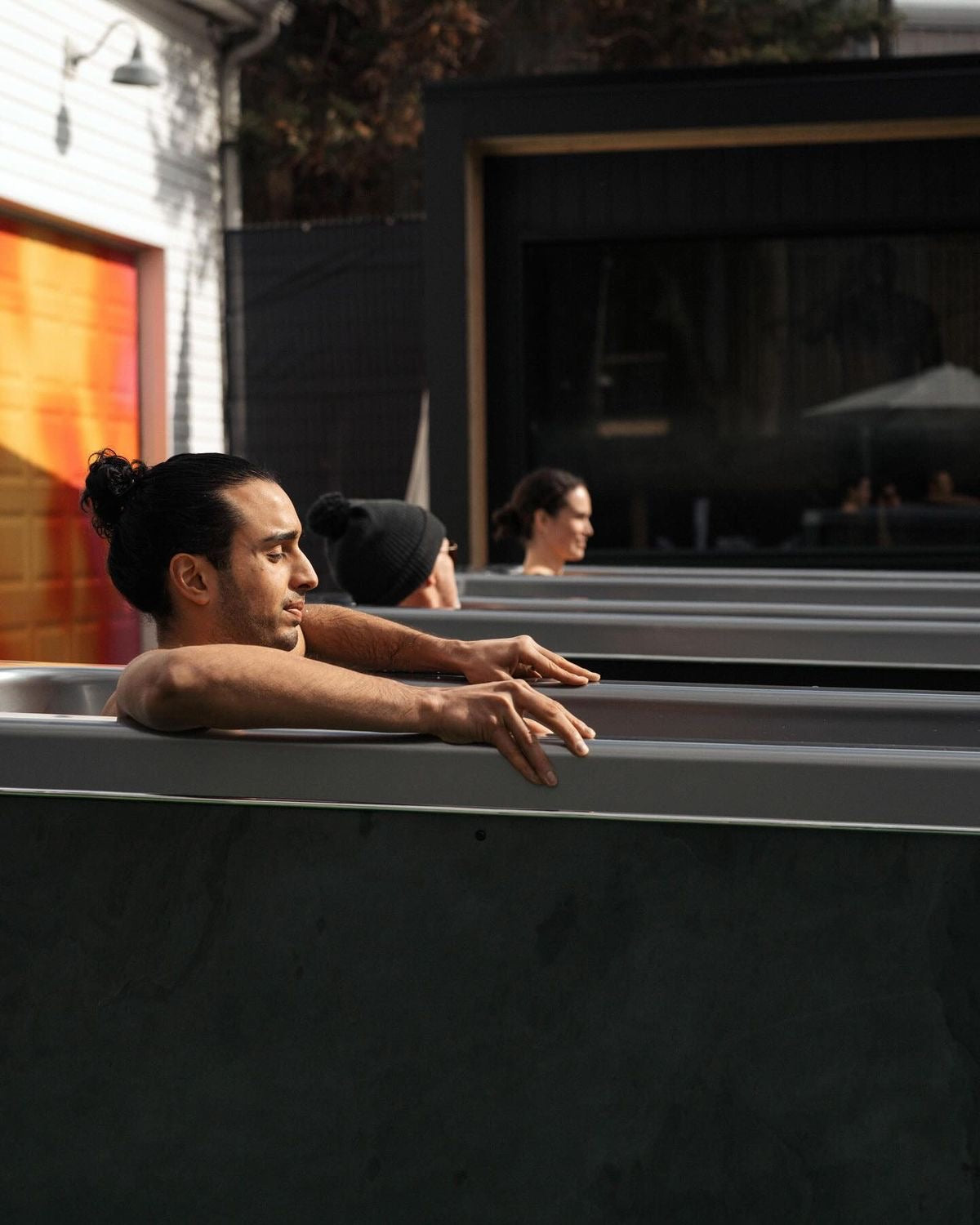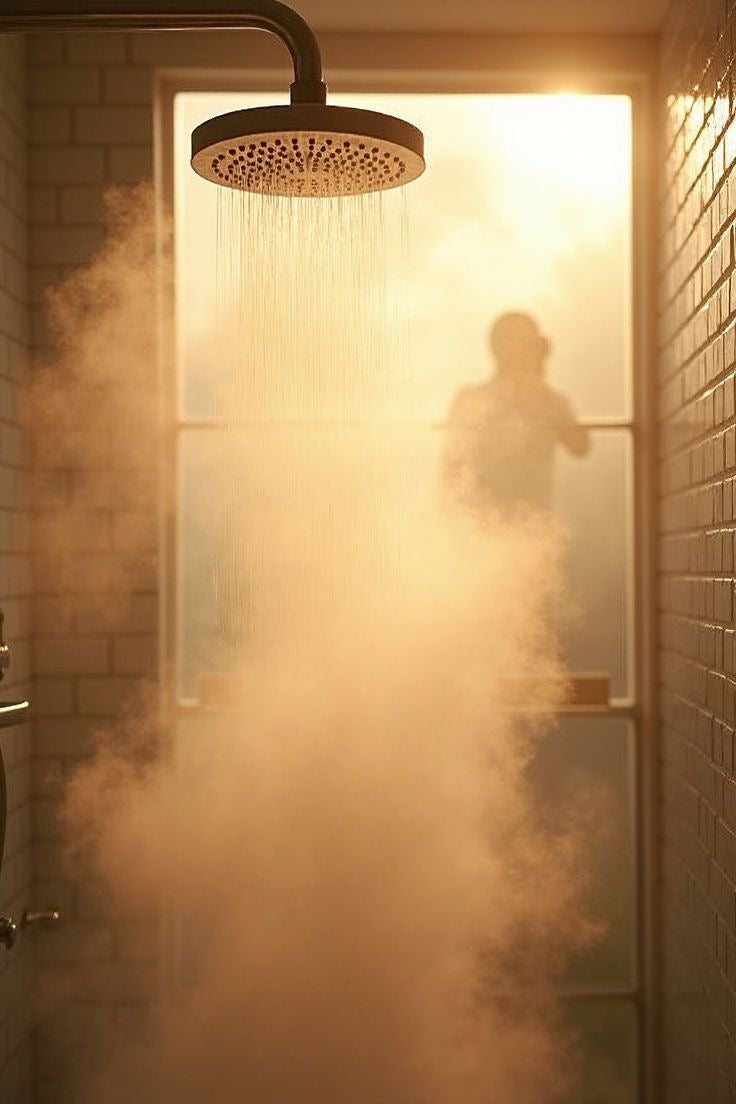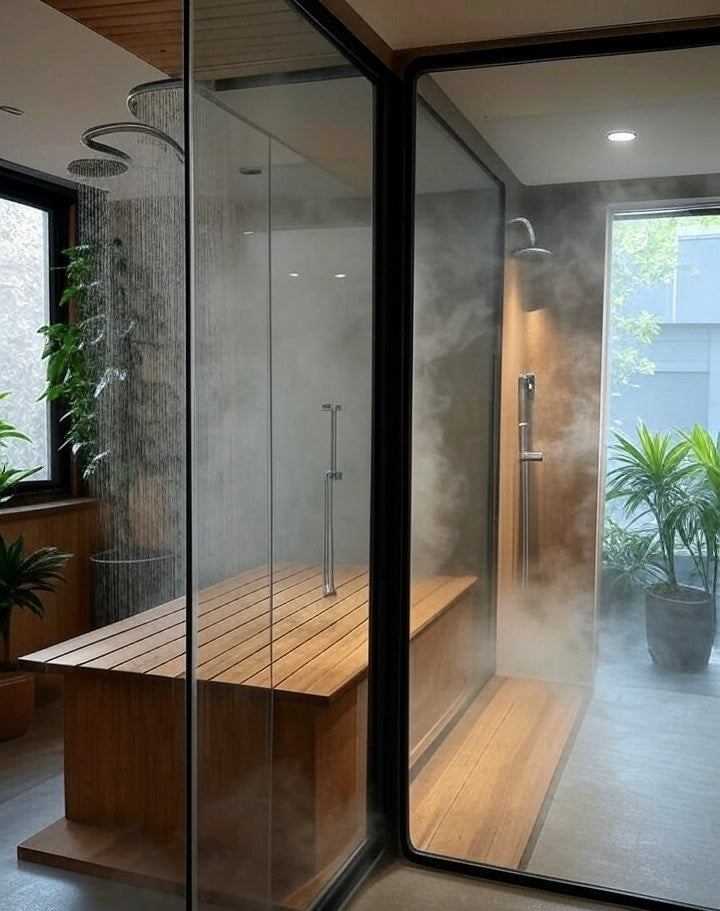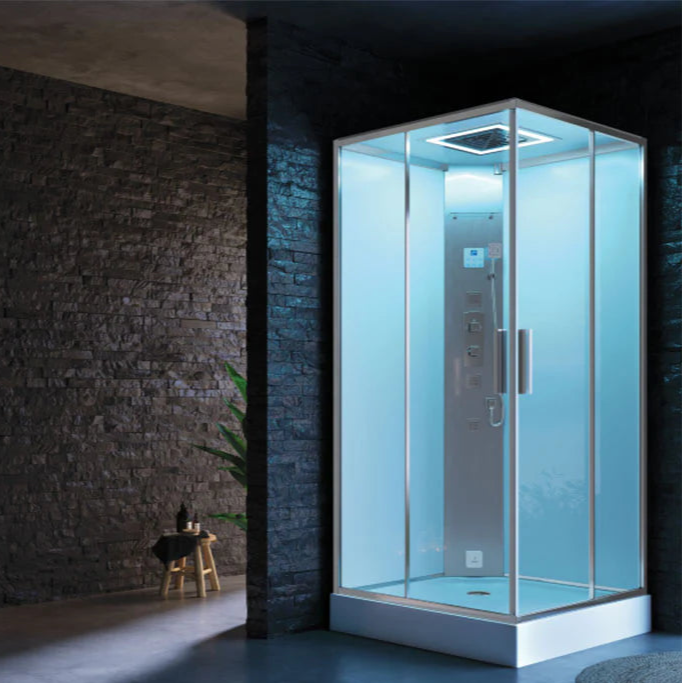Thinking of jumping into a freezing Cold Plunge or Ice Bath Tub? Yes, it can be good for you! From faster recovery to better moods, the Cold Plunge Tub craze isn’t just hype. Curious how a freezing soak might actually help? Stick around—you’ll warm up to it.

The Science Behind the Chill: Unpacking Cold Plunge Benefits
Cold immersion triggers several responses in the body. Your blood vessels tighten, inflammation drops, and hormone levels shift. These changes are what make cold therapy so popular in wellness routines.
When done correctly, plunging into cold water may boost your body’s natural defences. It’s not just a trend—it’s biology in action.
Physical Recovery & Performance
Reducing Muscle Soreness and Inflammation
One of the main benefits of cold plunge baths is helping with sore muscles. Cold water reduces swelling and soothes tension after physical activity.
That’s why many athletes use an Ice Bath Tub as part of their post-training recovery. It supports muscle repair and limits further damage. The chill helps your body calm inflammation quickly.
Accelerating Post-Workout Recovery
Cold exposure restricts blood flow and lowers tissue temperature. After you get out and rewarm, blood returns quickly to your muscles.
This fresh, oxygen-rich blood helps flush out waste and supports healing. The result? Faster recovery between sessions.
Impact on Athletic Performance (Resistance vs. Endurance Training)
Cold plunges seem to benefit endurance training more than resistance work. They help reduce fatigue and control inflammation after long runs or cycles.
However, using them right after weightlifting may slightly hinder muscle growth. It’s best to time cold plunges based on your training goals. For strength, space out recovery techniques.
Mental Well-being & Overall Health

Boosting Mood and Focus
Plunging into cold water isn’t just about muscles—it also affects your brain. The sudden cold increases adrenaline and endorphins, giving you a mental lift.
Many people say they feel energised and more focused after a plunge. It's a natural way to clear your head and get a burst of clarity.
Enhancing Stress Management and Mental Fortitude
Cold exposure trains your mind to handle discomfort. Regular practice builds resilience and teaches you how to stay calm under pressure.
Over time, this improves how you respond to stress—physically and mentally.
Supporting Immune System Function
Short-term cold stress can kick your immune system into gear. Studies suggest it increases white blood cell production and circulation.
This may help your body respond better to everyday viruses and bugs. While not a cure-all, it’s a useful habit for general wellness.
Promoting Cardiovascular Health and Circulation
The cold causes blood vessels to tighten, then expand again as you warm up. This acts like a workout for your circulatory system.
Improved blood flow supports heart health and helps your body regulate temperature more efficiently.
Influencing Metabolism and Insulin Sensitivity
Cold plunges can activate brown fat, a type of fat that burns energy to keep you warm. This may slightly raise your metabolic rate.
There’s also some evidence that cold exposure can improve insulin sensitivity. That makes it potentially helpful for blood sugar control.
Potential for Improved Sleep Quality
Many people report sleeping better after using a cold plunge tub. The cold can calm your nervous system and lower your core body temperature.
This makes it easier to fall into a deeper, more restful sleep—especially if done in the evening.
Navigating the Risks & Safety Considerations

Potential Dangers & Who Should Be Cautious
Cold plunging isn’t suitable for everyone. Some people face real risks and should avoid it or take extra precautions.
Be cautious if you have heart, lung, or circulation problems. The body’s response to cold can be intense and unpredictable.
Cardiovascular Stress and Cold Shock Response
Sudden cold exposure can spike blood pressure and heart rate. For someone with heart issues, this can be dangerous.
The “cold shock” response is real—always enter slowly and control your breathing.
Risk of Hypothermia and Frostbite
Spending too long in cold water can lead to hypothermia or frostbite. It’s not about being tough—it’s about being safe.
Stick to time limits and never push past your limits, especially if you feel numb or disoriented.
Respiratory Challenges (Hyperventilation)
Cold water can cause you to gasp or breathe too quickly. This may lead to dizziness or panic.
Controlled breathing helps manage this and keeps you calm during your session.
Numbness and Loss of Motor Control
After a few minutes, your limbs may feel numb or weak. This reduces your ability to move or get out safely.
That’s why it’s important to limit your time and always plan for a safe exit.
Individuals with Pre-existing Heart, Respiratory, or Circulatory Conditions
Those with medical issues related to the heart or lungs should speak with a GP first. Even if you feel healthy, hidden risks may exist.
Cold plunging isn’t worth the risk without medical clearance.
Not a Substitute for Medical Treatment for Injuries
Cold therapy is great for soreness—not for injuries like torn muscles or fractures. Don’t use it in place of proper diagnosis or care.
Always get medical advice if something feels wrong.
Essential Safe Plunging Practices
Consulting a Healthcare Professional
Before trying cold plunging, check in with a health expert. They can advise based on your current condition and history.
Better safe than sorry.
Optimal Water Temperature and Duration Guidelines
Ideal temperatures range from 10–15°C. Start with 1–2 minutes and increase slowly.
You don’t need to stay in long to feel the benefits.
Gradual Acclimation Techniques
Begin with cold showers or quick dips. Let your body adjust over time.
This builds tolerance and reduces shock.
Never Plunge Alone (Buddy System)
Always have someone nearby when you’re in cold water. A quick reaction can prevent serious accidents.
It’s also more fun with a friend.
Ensuring a Safe Environment (No Currents, Easy Exit)
Whether it’s a Cold Plunge Tub or natural water, make sure the area is safe. No currents, slippery edges, or hidden hazards.
Plan your exit before getting in.
Post-Plunge Warm-up and Attire
After your dip, dry off immediately and dress warmly. Move around to generate heat.
Avoid hot showers right away—let your body warm up naturally first.
Conclusion
Cold plunge baths aren’t just a wellness trend—they offer real benefits for recovery, mood, and overall health. When used safely and consistently, they can become a powerful tool in your routine.
But they’re not for everyone, and safety always comes first. Listen to your body, follow best practices, and always check with a doctor if unsure. Chill carefully.
Takeaways
-
Are cold plunge baths good for you? Yes, when done safely, they offer benefits from muscle recovery to mood improvement.
-
Key advantages include better circulation, sharper focus, improved sleep, and faster post-exercise recovery.
-
Risks include cardiovascular stress, cold shock, and hypothermia—so safety is essential.
-
Always start slow, follow temperature and time guidelines, and never plunge alone.
-
Not suitable for those with certain medical conditions without professional advice.






